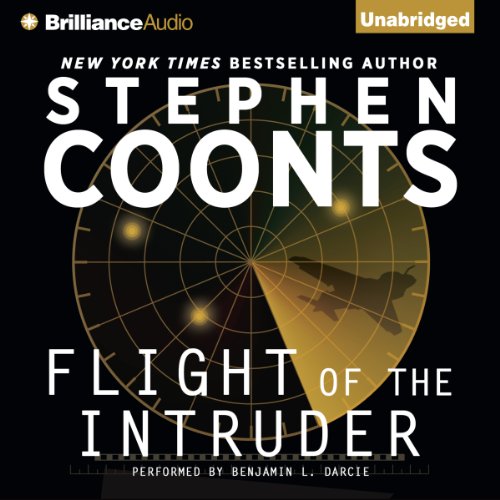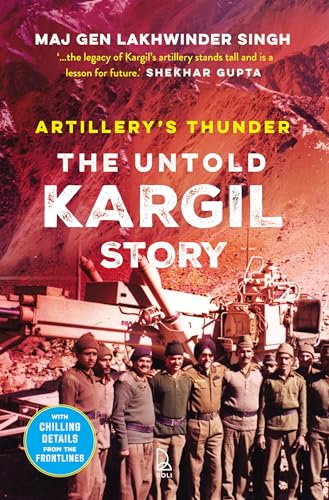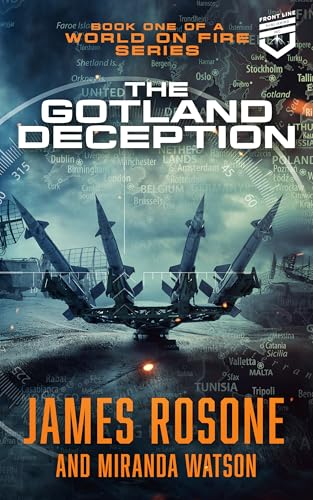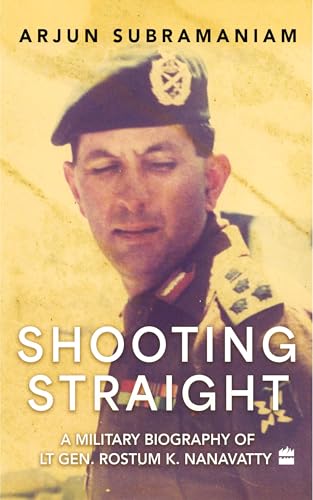
Stephen Coonts’ Flight of the Intruder takes readers straight into the tense, roaring heart of the Vietnam War — not from the jungles, but from the cockpit of an A-6 Intruder bomber. The novel follows Navy pilot Jake Grafton, who launches from a U.S. carrier to strike targets deep inside North Vietnam.
Where this book truly soars is in its flying scenes. Coonts, himself a former naval aviator, writes with authenticity and precision. Each mission feels real — from the preflight checks to the disorienting flashes of anti-aircraft fire. When Grafton straps into the cockpit, you feel the adrenaline, the discipline, and the quiet fear of what’s ahead.
Equally compelling is the portrayal of carrier life, the hierarchy, the routines, and the fragile balance between boredom and chaos. Coonts successfully brings to life the world below deck as effectively as the one above the clouds.
However, the novel’s main plotline is an illegal bombing run on Hanoi. Perhaps that has happened in Coonts experience, but for me this strains credibility. It’s hard to imagine a disciplined Navy pilot jeopardizing his career and future on a rogue mission, no matter how frustrated he feels about the war’s politics. This stretch of believability weakens an otherwise solid narrative.
Still, the thrill factor remains undeniable. The air combat scenes are cinematic, and Coonts’ insider perspective adds a layer of realism that most military thrillers lack.
Benjamin L. Darcie’s audiobook narration deserves special mention. His delivery captures both the tension of flight and the quieter moments of introspection, making the story engaging from takeoff to landing.
In the end, Flight of the Intruder is an exciting, well-crafted piece of military fiction — a mix of technical precision, human drama, and the moral gray zones of wartime decision-making. Even with a few implausible turns, it’s a journey worth taking for anyone fascinated by aviation or naval life.





